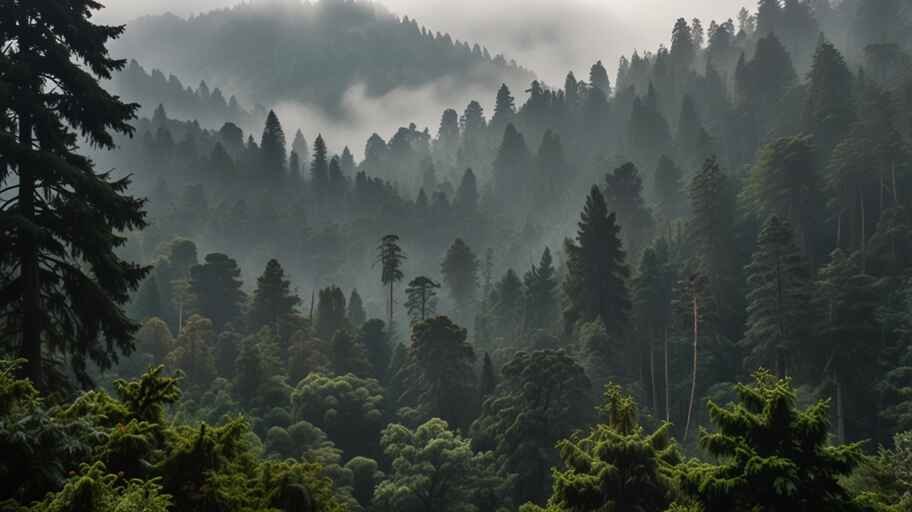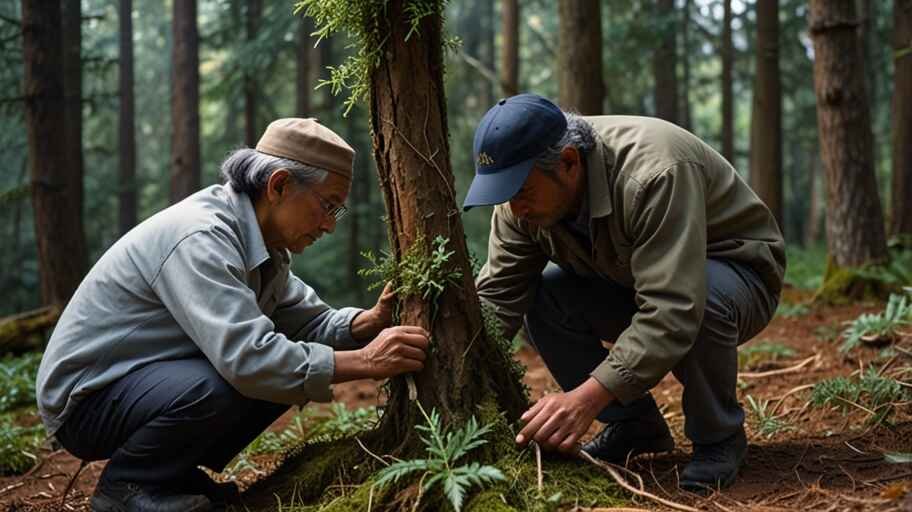The Himalayan Yew: A Medicinal Marvel at Risk
Nestled in the high-altitude regions of the Himalayas lies a botanical wonder—the Himalayan Yew (Taxus wallichiana). This ancient conifer is not just another tree; it’s a natural treasure with remarkable medicinal properties, particularly its ability to produce taxol, a compound that has revolutionized the treatment of certain cancers. However, despite its significance, the Himalayan Yew faces threats that could lead to its extinction. Let’s explore the fascinating characteristics, benefits, and conservation efforts needed to save this invaluable species.

A Precious Gift of Nature
The Himalayan Yew is a slow-growing evergreen tree that thrives in the cold, mist-laden forests of the Himalayas. It has been used in traditional medicine for centuries, particularly in Tibetan and Ayurvedic systems, where its bark, leaves, and wood have been employed to treat everything from respiratory issues to inflammation.
However, its global fame comes from the presence of taxol, a compound extracted from its bark and leaves, which is used in chemotherapy to combat ovarian, breast, and lung cancers. This breakthrough, discovered in the 1960s, catapulted the Himalayan Yew to international attention, increasing its demand exponentially.
Conservation Challenges
Sadly, the tree’s newfound medicinal fame has also become its curse. Overharvesting for pharmaceutical purposes has led to a significant decline in its population across the Himalayas, particularly in India, Nepal, and Bhutan. The Himalayan Yew is now classified as “Endangered” on the IUCN Red List, with illegal harvesting exacerbating the problem.
Adding to this, deforestation, habitat destruction, and climate change continue to threaten this species’ survival. Traditional conservation methods are proving insufficient, and there is an urgent need for sustainable harvesting practices, community-based conservation programs, and government policies that protect this vital species.

The Importance of Sustainable Use
While the Himalayan Yew offers great potential in the field of medicine, it’s crucial to ensure that its use is sustainable. Researchers are working to find alternatives to the direct harvesting of the tree. Cultivating Himalayan Yew in controlled environments and developing synthetic forms of taxol are some of the ways being explored to reduce the strain on natural populations.
Biodiversity and Ecosystem Significance
The Himalayan Yew isn’t just valuable for its medicinal properties—it plays a crucial role in the biodiversity of the Himalayan ecosystem. It provides shelter and food for a variety of animals, including rare species of birds and insects. Protecting the Yew means safeguarding the intricate web of life that depends on these forests.

The Path Forward
The survival of the Himalayan Yew is a race against time. With coordinated conservation efforts, increased awareness, and sustainable practices, it’s possible to preserve this natural wonder for future generations. Governments, NGOs, and local communities must collaborate to protect and regenerate these forests, ensuring that both the Yew and its benefits are available for years to come.
Conclusion
The Himalayan Yew is a testament to nature’s extraordinary ability to heal, but its survival is in our hands. The time to act is now, and we all have a role to play in conserving this endangered species and the delicate ecosystem it supports.


